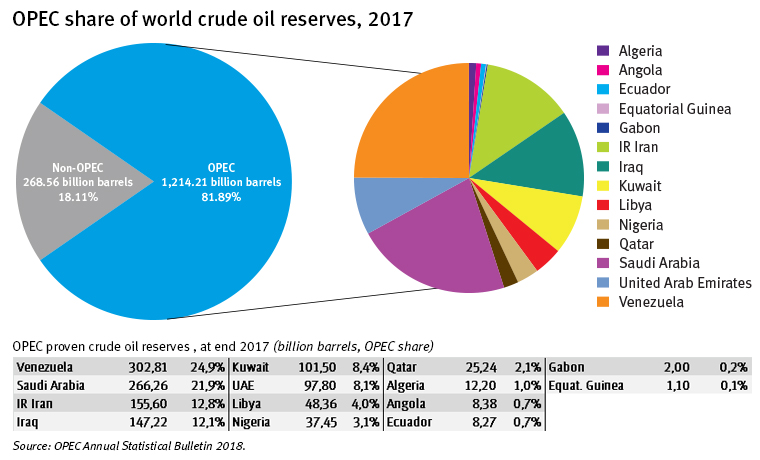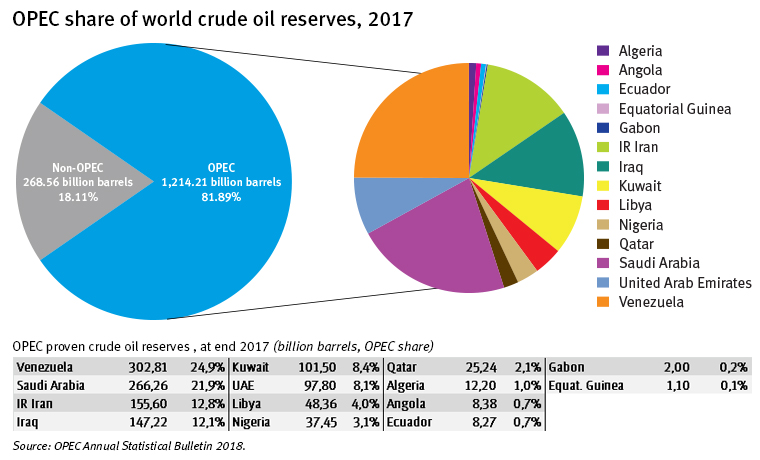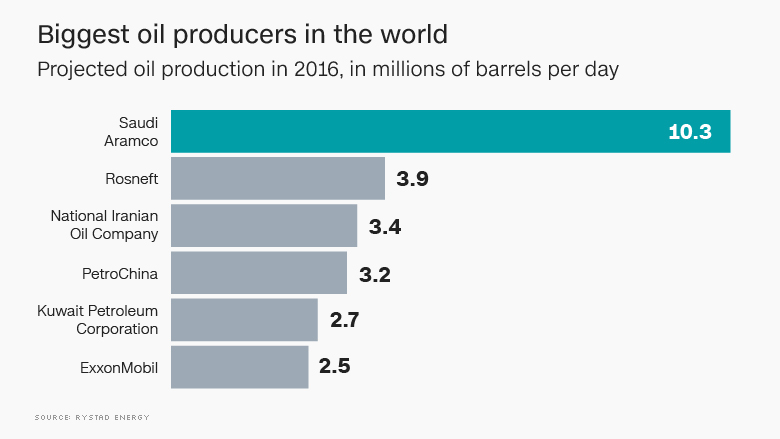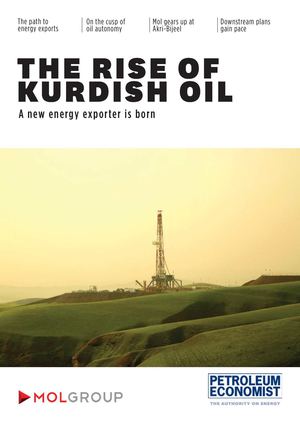By John Lee.
DNO ASA, the Norwegian oil and gas operator, today announced it exited 2021 with 321 million barrels of oil equivalent (MMboe) of net proven and probable (2P) reserves, notwithstanding production of 34 MMboe during the year. The Company’s 2P reserves life stood at 9.3 years. Combined with contingent (2C) resources of 189 MMboe, DNO’s reserves and resources life stood at 14.8 years.
Of the total, the Company’s Kurdistan portfolio accounted for 267 million barrels of oil (MMbbls) of net 2P reserves compared to 295 MMbbls in 2020, and 71 MMbbls of net 2C resources compared to 27 MMbbls at yearend 2020.
Across its North Sea portfolio at yearend 2021, DNO’s net 2P reserves stood at 54 MMboe compared to 64 MMboe a year earlier. 2C resources totaled 113 MMboe compared to 120 MMboe at yearend 2020.
Effective from 2021, the Company reports its net production, reserves and resources based on the participation interest in all of its licenses. Prior to 2021 and for the licenses governed by Production Sharing Contracts, the Company reported its net figures after royalty and included DNO’s additional share of cost oil covering its advances towards the government carried interest (if any) as well as volumes attributed to the three percent of gross Tawke license production under the August 2017 Receivables Settlement Agreement. The main reason for the change is to improve comparability with peer companies and to show the Company’s share of production before the government take.
International petroleum consultants DeGolyer and MacNaughton carried out an independent assessment of the Tawke and Baeshiqa licenses in Kurdistan. Gaffney, Cline & Associates carried out an independent assessment of DNO’s licenses in Norway and the United Kingdom.
(Source: DNO)
The post DNO Updates Oil Reserves first appeared on Iraq Business News.




